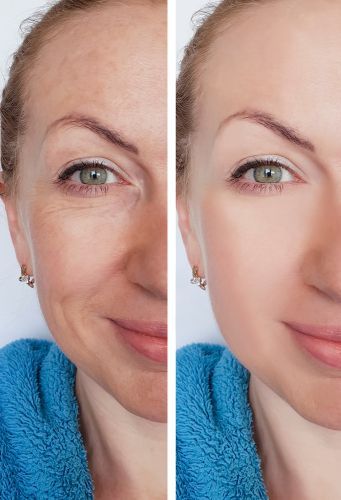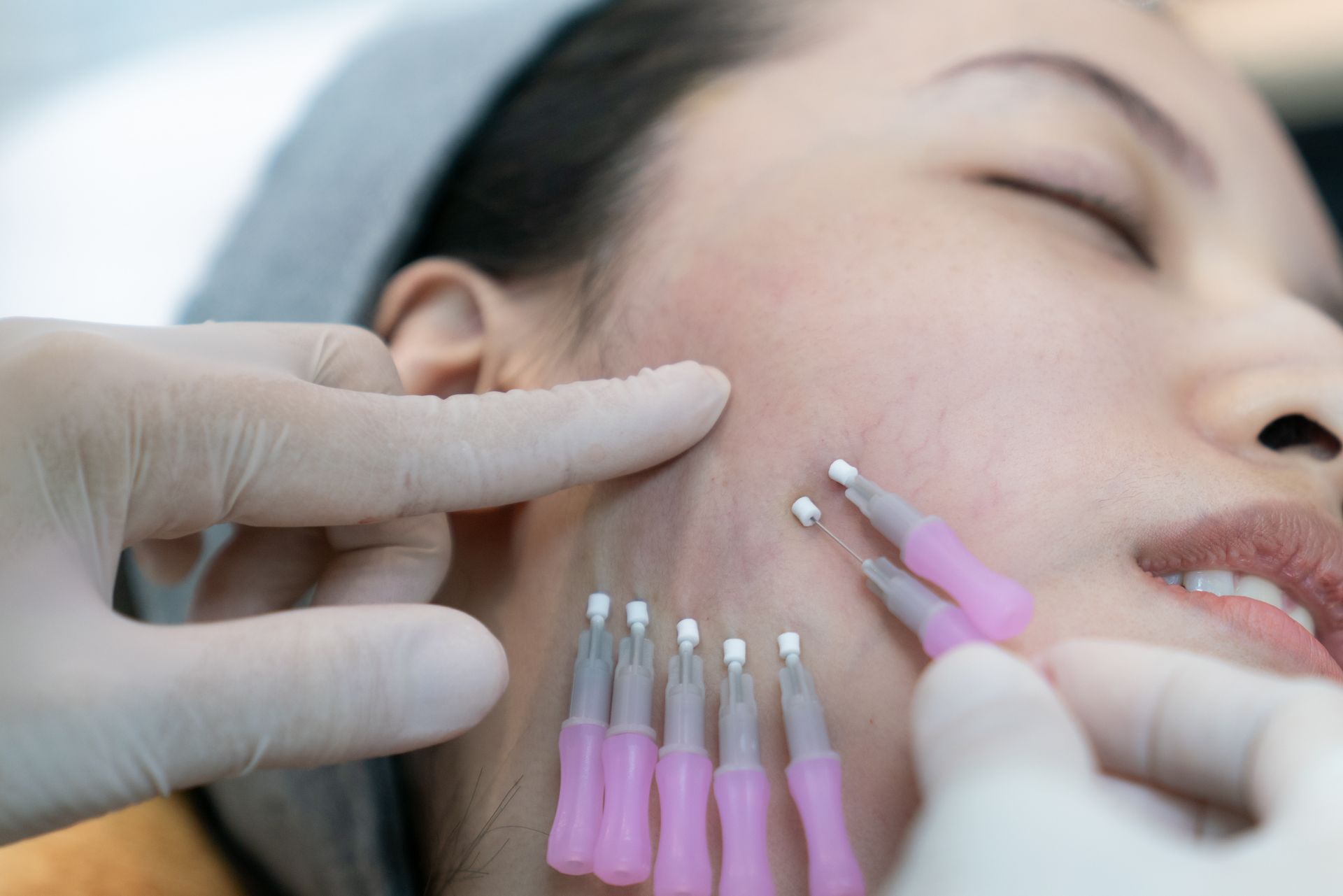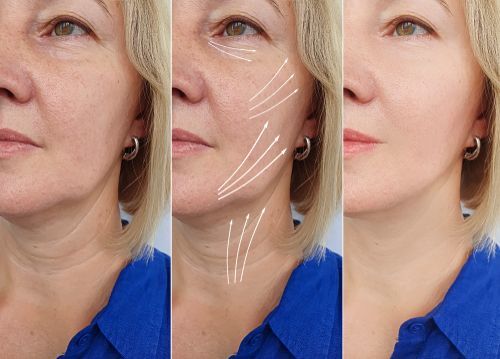What is a PDO?
Polydioxanone (PDO) is a type of embedded threading where sutures are inserted underneath the skin to produce a smoothing and lifting effect. Although there are several types of threading, PDO is low cost and minimally invasive compared to alternative threading and facelift procedures. It also produces an immediate result with little to no recovery and is the longest lasting in comparison to PLA and PCA threads. PDO threading procedures have existed since the 80s and are still a popular choice in todays beauty industry. They are a great option if you want to rejuvenate your aged skin without too dramatic of a transformation.
After the colorless polyester sutures are inserted, they eventually will naturally dissolve over several months and new collagen will continue to develop. How this reaction works is the sutures will trigger fibroblasts to produce collagen, thus giving your skin more elasticity. As we age, our skin loses collagen which is the number one cause of aging wrinkles, spots, and fine lines. PDO threads are the most beneficial when used for revitalizing tissue and smoothing the skins surface.
Procedure Process
The PDO procedure is quick and does not require general anesthesia or a scalpel. It can be performed on the cheeks, jaws, neck, around the eyes, and additional surrounding areas. PDO can also be used in conjunction with other treatments, such as fillers, because it does not result in dramatic results but rather a natural youthful appearance.
The procedure is typically performed with local anesthesia, which numbs the area being treated. The procedure often goes as follows:
1. The area on your face where the thread lift will be performed will be disinfected with alcohol. Then, a needle will be used to apply a local anesthetic under your skin to minimize any pain or discomfort during the procedure.
2. A small incision we be made in the skin using another needle and a device called a cannula will be inserted into the hole. The cannula is a thin tube-like device that guides the dissolvable threads into the desired position under the skin.
3. Once in place, the threads will be anchored by applying pressure or using small hooks to hold them in place. The threads will be gently pulled on to lift and reposition the skin to achieve the desired result. Once the desired lift is achieved, the threads are cut and secured in place.

Slide title
Write your caption here
Button
Aftercare
Following the PDO threading procedure, will be a short recovery. The minimal recovery is why many people choose this specific type of threading, especially if you’ve had other recent invasive procedures done. You will experience minor bruising and swelling for 1 to 2 days but can continue your regular lifestyle immediately. There is no need to take time off of work or be bed rested. Precautions include avoiding touching the area, smoking, drinking through a straw, or doing vigorous exercise. This is to prevent dislodging the thread before its settled.
How long will it last?
And finally, the answer to the biggest question, how long will it last? The aftermath of your PDO threading treatment will depend on two factors:
1. Your age
2. The elasticity of your skin.
While some studies suggest that a thread lift can only remain noticeable for one year, there have been numerous surgeon testimonies claiming to see results last between 1 and 9 years. If you are below 30 years old, your threading results can last for several years. If you are over 30 years old and have poor skin, the results can last about 1 to 2 years. Nevertheless, for the low cost and minimally invasive procedure, the results are more than satisfactory.
If you want to have one of the best beauty treatments available; take advantage of our Polydioxanone Thread Lift (PDO) services.
Make your appointment today and get ready for those compliments!




